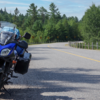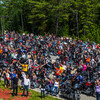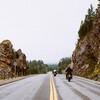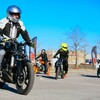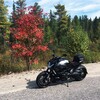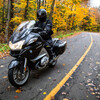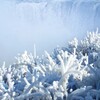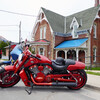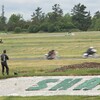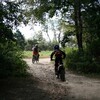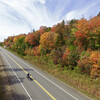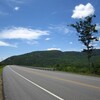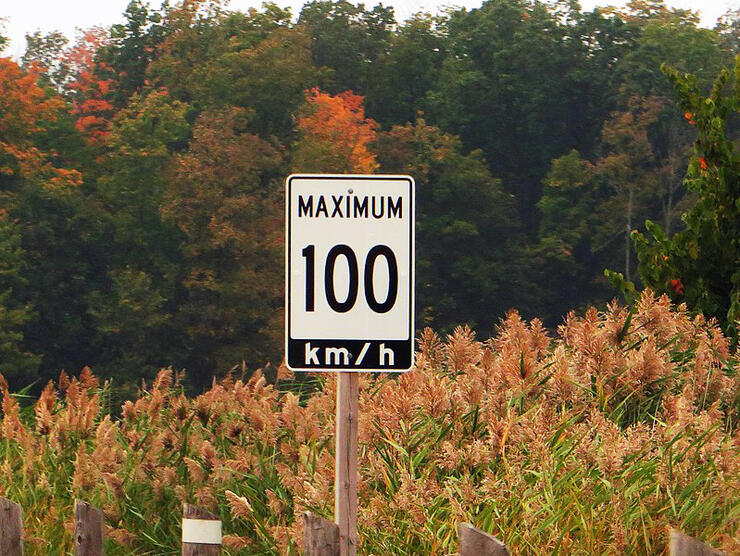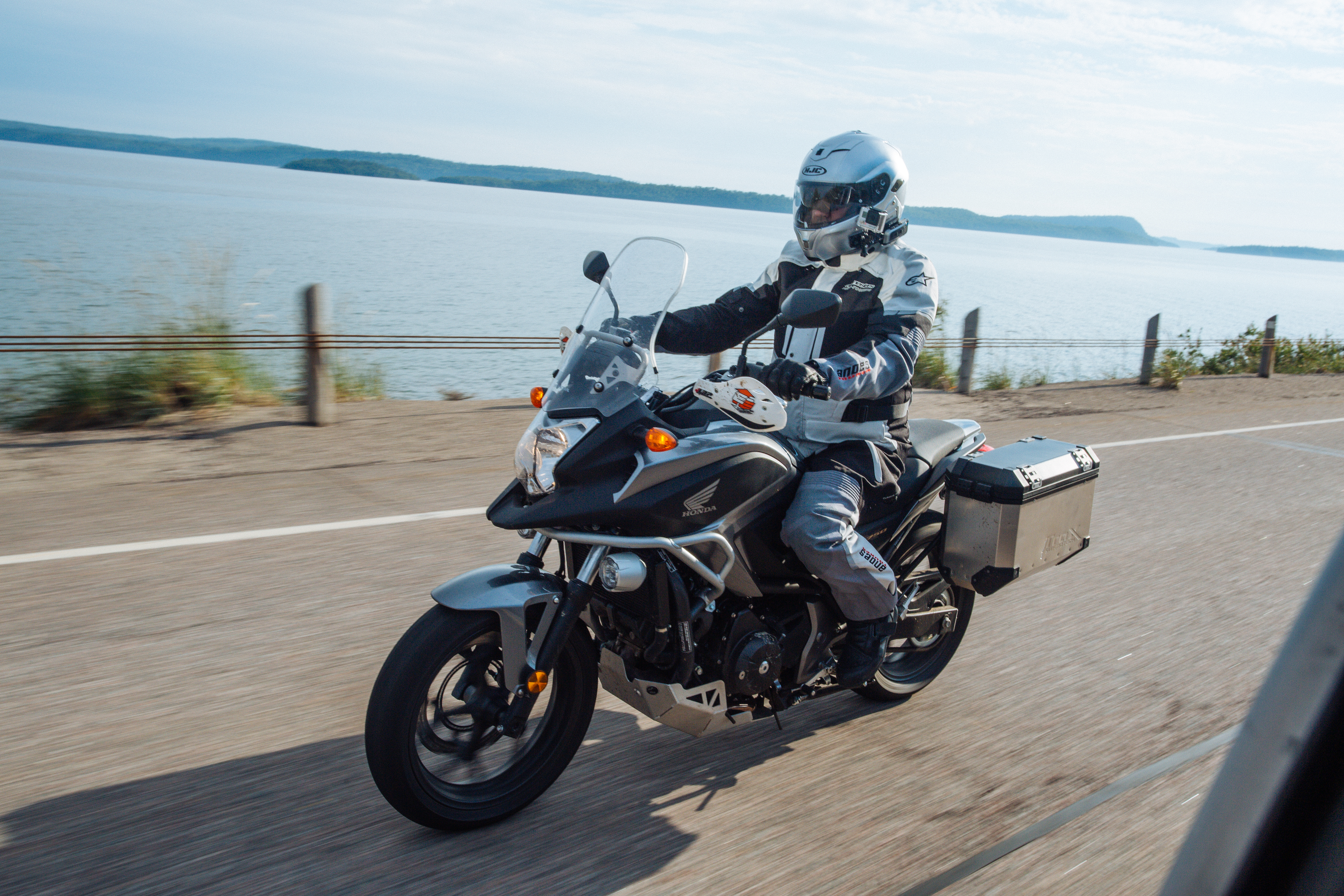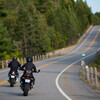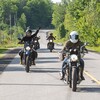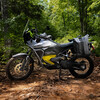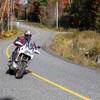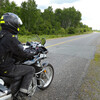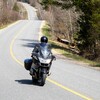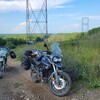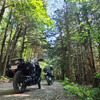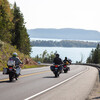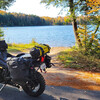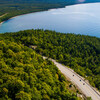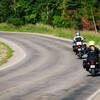
The Ultimate Motorcyclist's Guide For U.S. Riders Crossing Into Canada
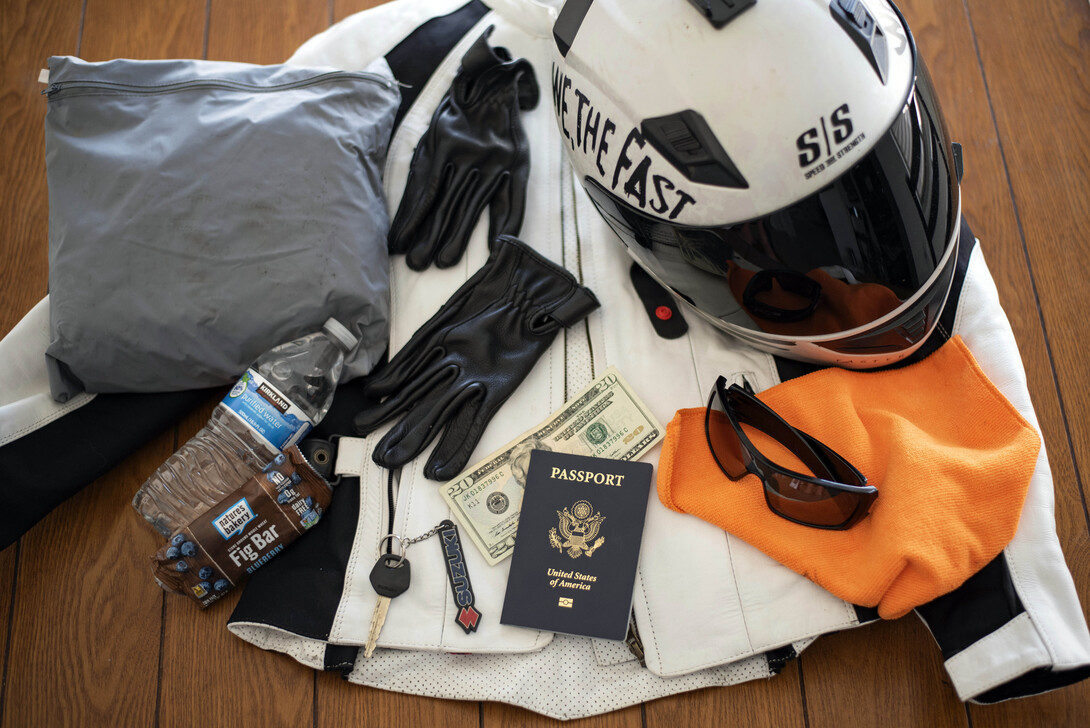
The bike is loaded up, and you’ve planned out your motorcycle trip to Ontario, Canada months in advance. The ride of a lifetime awaits just over the border. But first, you have to get there.
From years of talking with American riders, Canadian border agents, and the people that host riders, we’ve compiled a list of tips that will help you enter Canada smoothly, and get on with the fun part of your trip: riding our killer highways and backroads.

We’ve broken this list down into five categories: What to bring, what not to bring, what to do at the border, crossing back into the US, and some extras.
What to Bring On a Motorcycle Tour to Ontario
Most seasoned road trippers know the essentials. Bring more underwear than you think you need, same goes for socks. But to get into Canada, you’ll definitely need your passport. Driver’s licenses don’t cut it anymore. Also, if you have criminal charges, you may not be allowed in the country.
Note: DUIs are considered major crimes in Canada, so any related driving charges may get you stopped and potentially turned around. Learn more about entering Canada with a DUI here and check the Canadian government website for info about wiping a conviction from your record.
What Not to Bring
A good rule of thumb here is to not bring anything you wouldn’t bring on an airplane.
- No dangerous goods
- No guns or weapons—Canada has very strict gun laws but luckily it's also a safe place to visit.
- No agricultaral goods or anything that might contaminate local ecosystems (old muddy boots need not apply)
- Cannabis products
Note: While cannabis is legal in Ontario, it is illegal to cross the border with it. Leave your cannabis products at home and stop at a licensed Ontario retailer across the border if you need to stock up.
What To Do At The Border
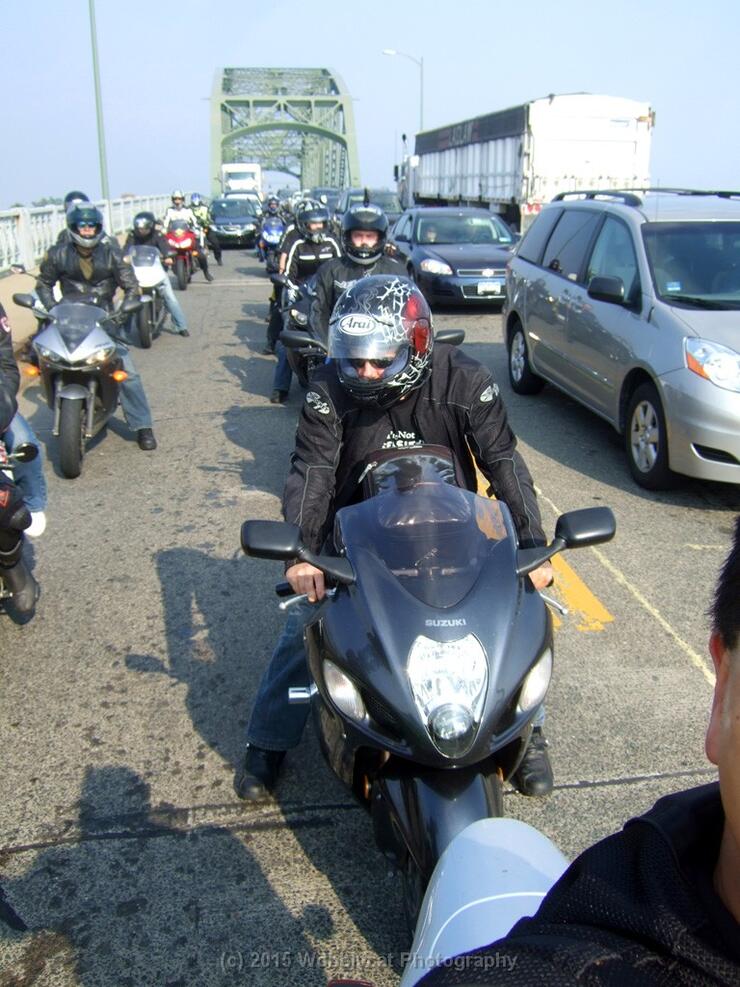
A Canada Customs agent should be treated like a police officer; with plenty of respect and honesty. So here are some good rules for how to interact with them to get through the border quickly.
• Take off your sunglasses
• Turn off your bike when you arrive at the window (especially if it's loud)
• Know where you’re going and the route you’re taking
• Have accommodation bookings printed or easily accessible on your phone
• Have your passport and passenger passport easily accessible
• Be prepared to pull over if the agent has further questions
Planning When To Cross
One of the most frustrating parts about traveling to/from the U.S. can be waiting in traffic at the border. To avoid long lineups, especially during long weekends in the summer, here are a few tips.
- Avoid Peak Time: Arrive at the border during off-peak times, such as early morning (before 8 am), and/or during weekdays. I suggest crossing during the daytime.
- Front of the Line: Nexus. A Nexus pass allows pre-determined low-risk Canadians expedited border crossing to and from the U.S. Most border crossings have a Nexus line, although some do not (eg. Queenston Lewiston Bridge). With some border crossings, the Nexus line isn’t until the very end of a single lane shared with non-Nexus holders, reducing the time-savings of Nexus (eg. the Ambassador Bridge in Detroit).
You can check border wait times at your chosen crossing in advance at the following websites (bookmark them on your smartphone for easy access on the road). These sites are updated every hour.
- Border Crossing Wait Times Into Canada, including Forecasted Border Wait Times
- Border Cross Wait Times Into the U.S.
Crossing Back into The U.S.
When your trip is all wrapped up and it’s time to head home, crossing back shouldn’t be too much of a problem. You’ll need to have your passport and be ready to declare anything you’re bringing back. Food, alcohol, gifts, and anything you might have purchased, found, or had given to you should be shared with the US agents. They’re the most qualified to determine what might be exempt, what might be taxed, and what might need to be thrown out. They may also ask you about where you’ve been and how long you’ve been away, so these are good pieces of information to have handy.
Extra Tips For Riding in Ontario
There are a few other things that riders entering Canada should know.
You'll Need Canadian Money
The US greenback is worth more than the Canadian dollar, so consider converting your cash before entering the country. ATMs and banks are plentiful, and your credit cards should work everywhere—make sure you have a card that doesn't charge foreign exchange fees. Debit cards may or may not work, depending on the establishment. Consider using credit exclusively to avoid any embarrassment.
The Speed Limit is in Kilometres
Canada uses the metric system, so distances and speeds will be different. 100km/h is the posted speed on most major highways. That’s about 62 mph. Convert miles to kilometres here.
100 kilometres equals about 62 miles, so keep that in mind when planning your next rest stop!
If you have an electronic speedometer, read your manual so you can easily change it to Imperial (Miles Per Hour, MPH) and back again. The same goes for your GPS. If you want to convert quickly in your head, 5 mph equals roughly 8kph.
Fuel Up When You Can in Remote Areas
Gas is plentiful, and so is premium, but when you get outside of the heavily populated southern part of the country, we recommend you stop for fuel whenever you can.
Consider Travel Insurance
Canadian health care is great, but we recommend traveller’s insurance for anyone travelling here, just to make sure you’re not hit with any unexpected expenses.
Recommended Articles

Bucket List Motorcycling in Ontario, Canada 2025

Ontario's Best Twisties: Five Roads to Get Your Lean On

The Big Belly Tour—A Complete List of Ontario's BBQ Joints
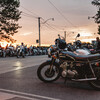
It's Bike Night in Ontario 2024

Ontario's Top Twisties
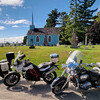
Have You Ridden Canada's OG Highway? Here's Why Every Rider Needs to Hit Up Historic Highway 2
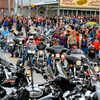
23 Amazing Photos That Prove PD13 Is Still The Best Motorcycle Event Ever
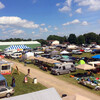
Motorcycle Swap Meets in Ontario—The Complete List for 2025

And a Vespa shall lead them all...
